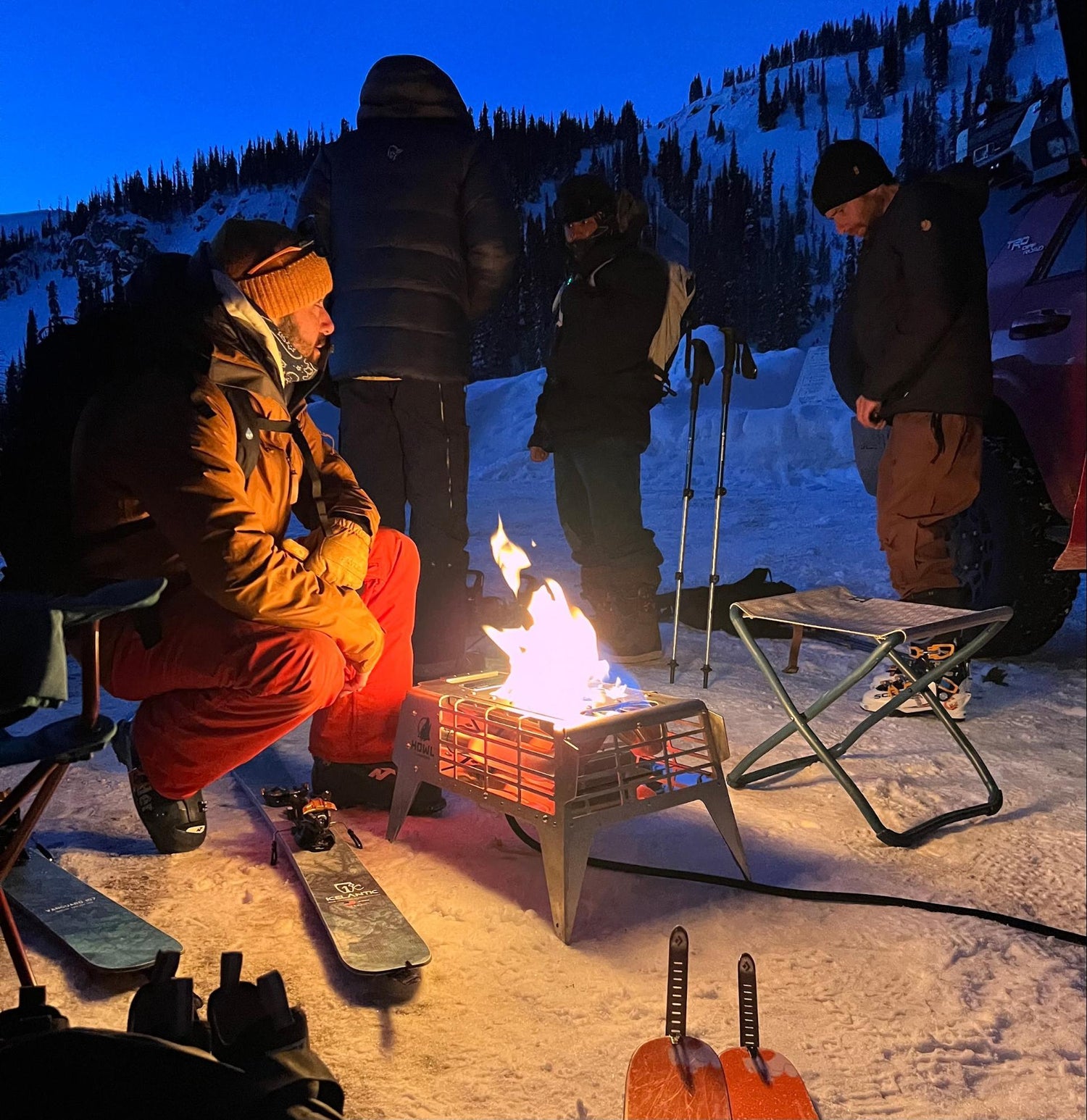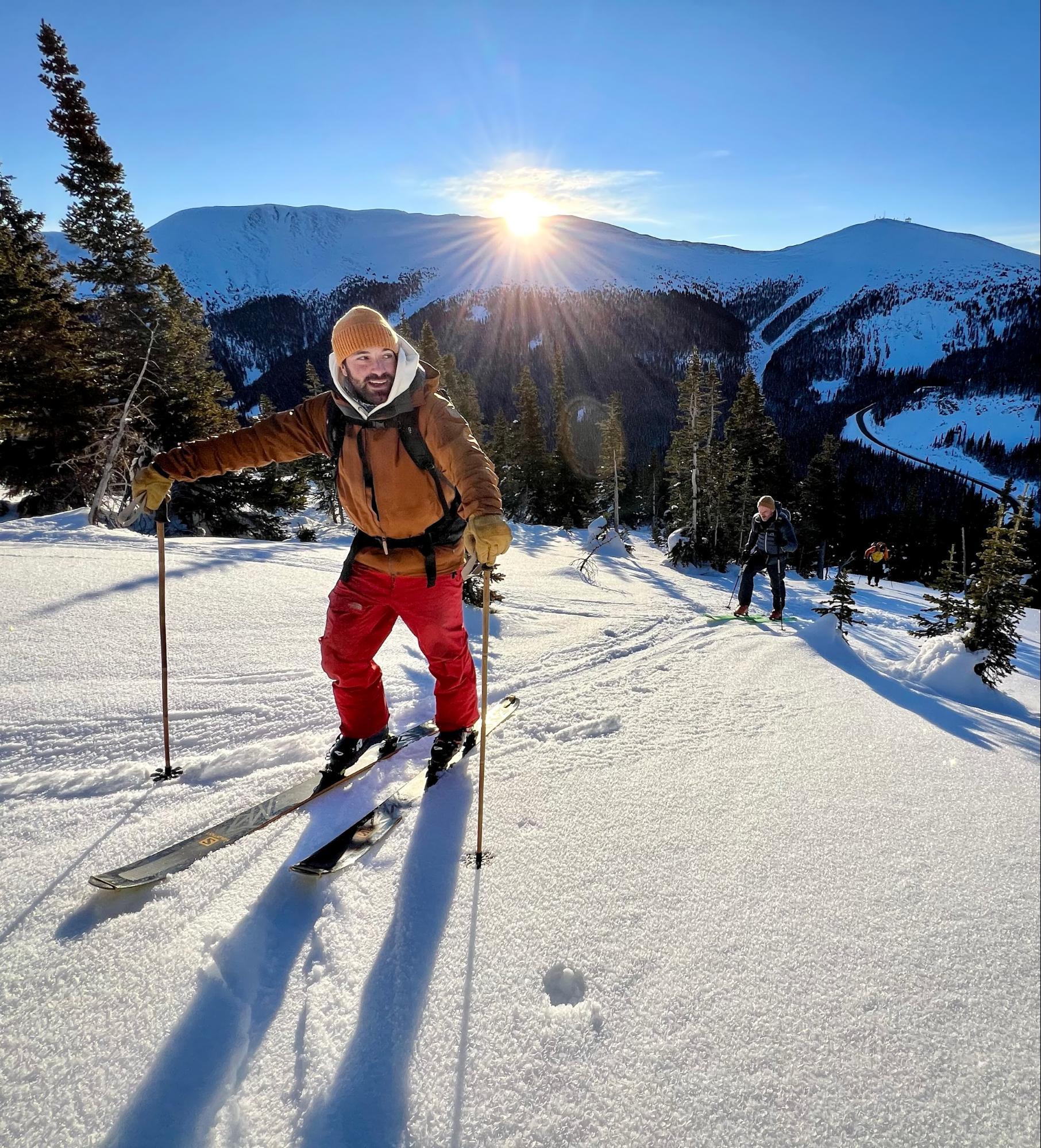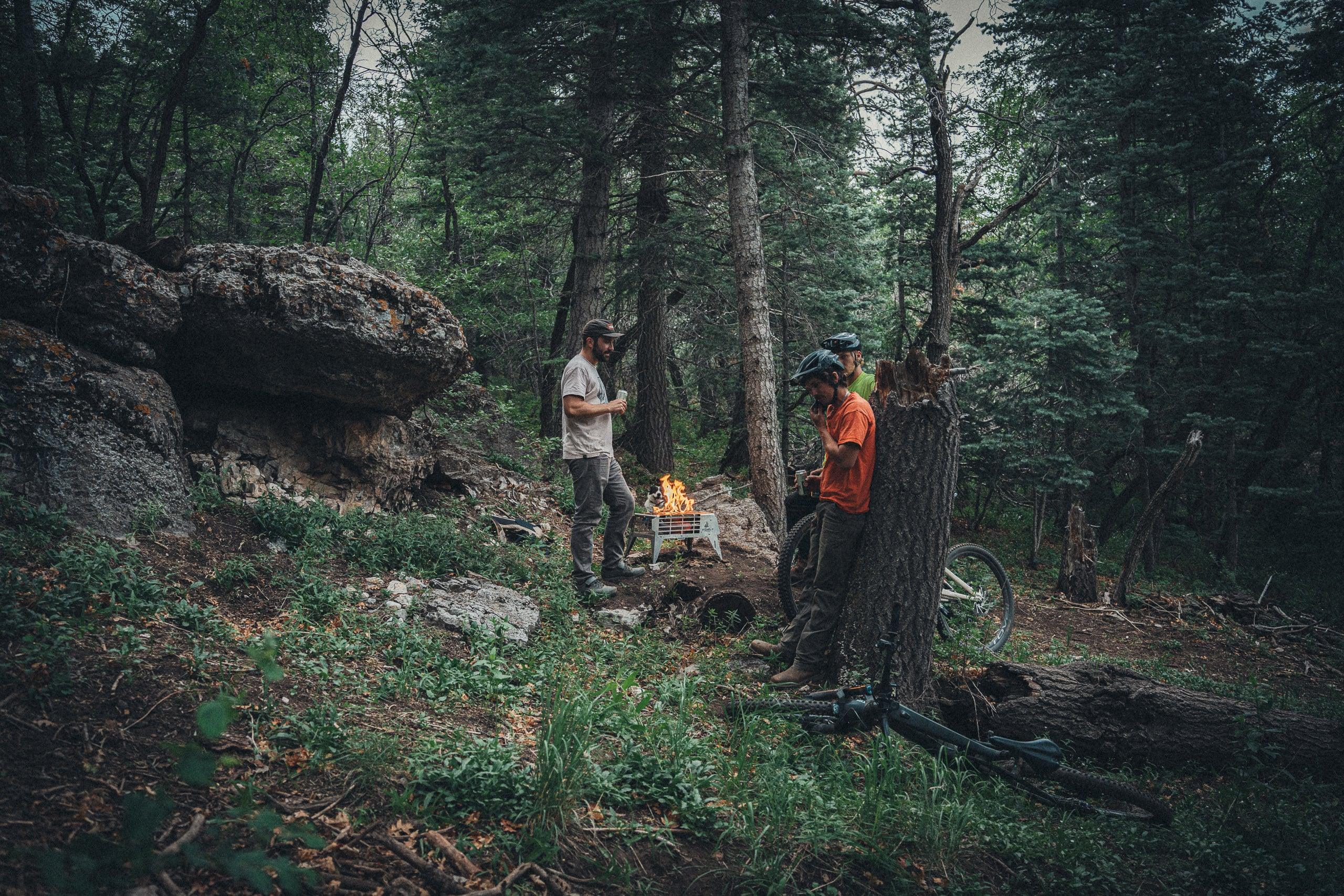A lot of folks are asking how the new HOWL Campfire stacks up against a SoloStove. Even though the HOWL is a propane fire pit, and the SoloStove burns wood, it’s a good question.

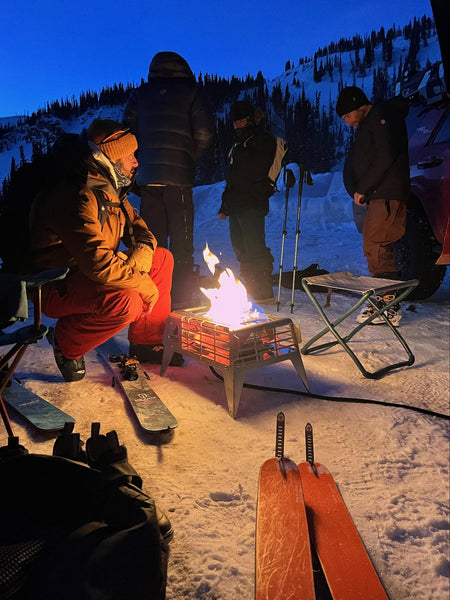
The HOWL is brand new and brings a completely disruptive technology to the fire pit space. It is the world’s first propane fire pit that is just as hot as a wood fire. The SoloStove, on the other hand, has been around for a long time, and a lot of people have experience with it. While it burns wood, some people have complained about the lack of heat they get from it. We’ll get into that below.
Despite the different fuels, this is a showdown between the two best and most talked-about portable fire pits on the market today.
First, let’s talk about the similarities:
- Both the HOWL Campfire and the SoloStove are portable fire pits
- They both make bright ambient flames
- They are both made of metal
- They are both equally at home in urban backyards and remote, desolate campsites
- They are both smokeless
Now let’s talk about the differences.
A Propane Fire Pit vs. A Wood Fire Pit
The first difference is obvious: the type of fuel. The SoloStove burns wood, while the HOWL burns propane. Depending on where you live, this can be a make-or-break for you.
If you live in the West, you’re already intimately familiar with wildfires, and you already know that during a burn ban, you’re not allowed to burn wood. If the weather is dry, states like California, Utah, and Colorado can be put under burn bans almost any time of the year. The province of British Columbia is now under a permanent, year-round ban on wood fires.
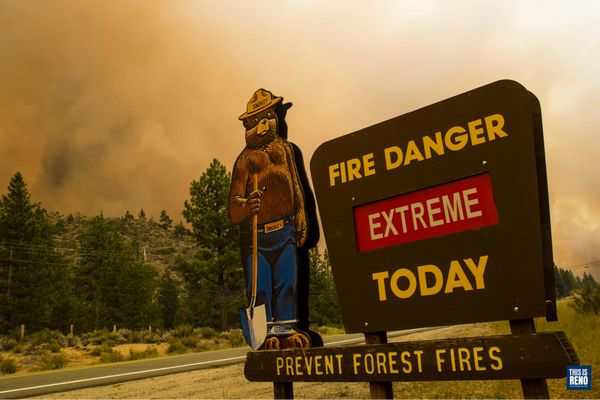
But even out east, at different times of the year, different counties and ranger districts will issue burn bans on public lands. And nationwide, many neighborhoods and municipalities will ban wood fires on private property to keep residential areas from burning.
If there’s a burn ban in place, whether you’re at home or camped way out there, owning a SoloStove won’t do you much good. You won’t have smoke, but you also won’t have any fire.
For areas with burn bans, HOWL Campfire is the clear winner. It’s approved for use during Stage I and Stage II burn bans, and it’s UL Certified for safety. And if you like to travel, the HOWL sets you free to have a campfire in a lot more places.
Heat Output: the HOWL Campfire vs. SoloStove
But let’s say burn bans really don’t affect you, and you’re always able to burn wood. Maybe you just want a nice, hot campfire with any kind of fuel.
Well, this may come as a surprise, but the SoloStove is actually… COLD.
It seems like that should be impossible. SoloStoves burn wood, and for thousands of years, wood fires have been very effective at heating up the human body. But there’s a flaw in the design of the SoloStove. The brilliant system that removes the smoke also prevents the heat of the fire from reaching you.

Here’s what’s going on. The reason a wood fire makes you warm is the glowing hot coals. The coal bed emits rays of radiant heat – just like the sun. Those rays travel straight through the air at the speed of light, and they don’t stop until they hit your body. Your body absorbs their energy, and that’s why a wood fire makes you so toasty warm. Usually.
If you’ve ever used a SoloStove, you know it’s a different story. You never really feel the heat like you do with wood fires out in the open. You never need to back away from your SoloStove, or turn to toast your other side. And that’s because those massive metal walls are blocking all the heat. Coal heat comes in the form of lightwaves, and it travels in the line of sight. The coal bed at the base of a fire is like a giant lightbulb. If you put a metal wall between yourself and a lightbulb, no matter how bright the light is, you’ll still just be in the shadows.
So the SoloStove’s design puts you in a heat shadow. SoloStove knows this, which is why they will sell you a reflector hat to go on top. If that reflector material stays clean and polished, it will direct some of the rays from the coals at the bottom of the fire pit up and out to your body. But usually, the reflector material gets blackened by the fire, which makes it pretty unreflective, once again shading out the heat.
Can a propane fire pit actually give you more heat than a SoloStove?
Unlike the SoloStove, the HOWL doesn’t hide your heat at the bottom of a bucket. Instead, the glowing hot BarCoal Tubes are positioned to always be in your line of sight. As long as they’re glowing, they’re blasting the surrounding area with rays of thigh-melting radiant heat.
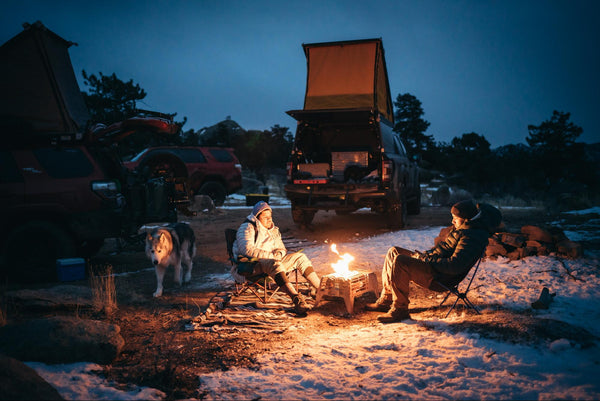
The HOWL is also equipped with internal EchoHeat Reflector shields, which help to focus the coal heat more on your body, especially at close range. Unlike the SoloStove’s add-on reflector hats, the HOWL’s built-in reflectors stay far from the flames and remain protected from dirt and abrasion. That means their highly-reflective electro-polish finish will keep you rotating like a golden brown marshmallow for decades to come.
Check out our post, WHAT'S THE SCIENCE BEHIND A GOOD PROPANE FIRE PIT, to learn more.
Which fire pit is better for bad weather?
With the SoloStove, if it rains or dumps snow, you’ll end up with a bucket full of fire-killing moisture – probably in the form of black soot gumbo. Before using the SoloStove, you’ll need to clean and dry it out. But if your wood is wet, you may be forced to retreat altogether.
With the HOWL Campfire, you can party in the gnarliest conditions imaginable. Want to be toasty in a monsoon rain? No problem. The HOWL lights up in a downpour and stays lit. You’ll have full-strength BarCoal Heat in about 3 minutes.
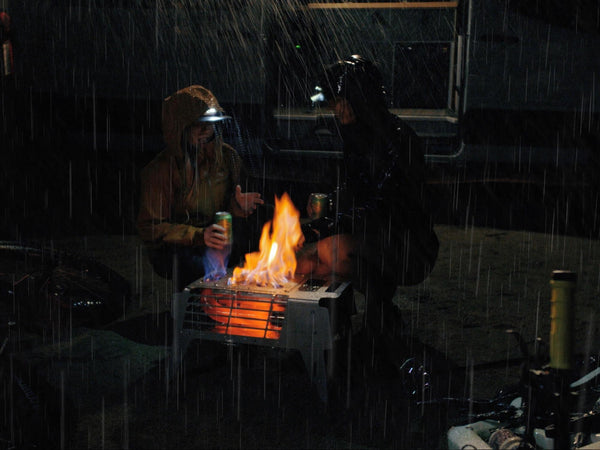
Or maybe it dumped a foot of snow on you overnight. No problem. Just dust off most of the snow and light it up. The rest will melt, and again, you’ll be glowing full bore in about 3 minutes. That’s not really possible with a wood fire, with or without a SoloStove. Do yourself a favor and take the best fire pit backcountry skiing.
Or maybe you want a hot fire in a gale force wind. Why not? If you can get your lighter lit, the HOWL will light. The A-Flame keeps burning in gusts up to 55 mph, but if it blows out with winds stronger than that, it will simply reignite off of the BarCoal. Speaking of the BarCoal, we’ve tested it up to 120 mph winds, and we still haven’t gotten it to go out yet. At this point, we’re just calling it windproof.
With a wood fire, even with the SoloStove, wind like that either scatters the fire to nothing, or becomes dangerous, carrying hot coals and embers into the surrounding area.
HOWL vs SoloStove Quick Comparison Chart

Not everyone needs a campfire that’s as functional as the HOWL. And it’s true, the HOWL doesn’t give you the smell of a wood fire (which we actually really like) or the nostalgic crackle and pop.
But if you’ve ever been cold out camping or out on your back deck, or if you’re contending with burn bans, the HOWL is a tool that solves a lot of your problems.
Snag a HOWL and stay warm on your next camping trip.


